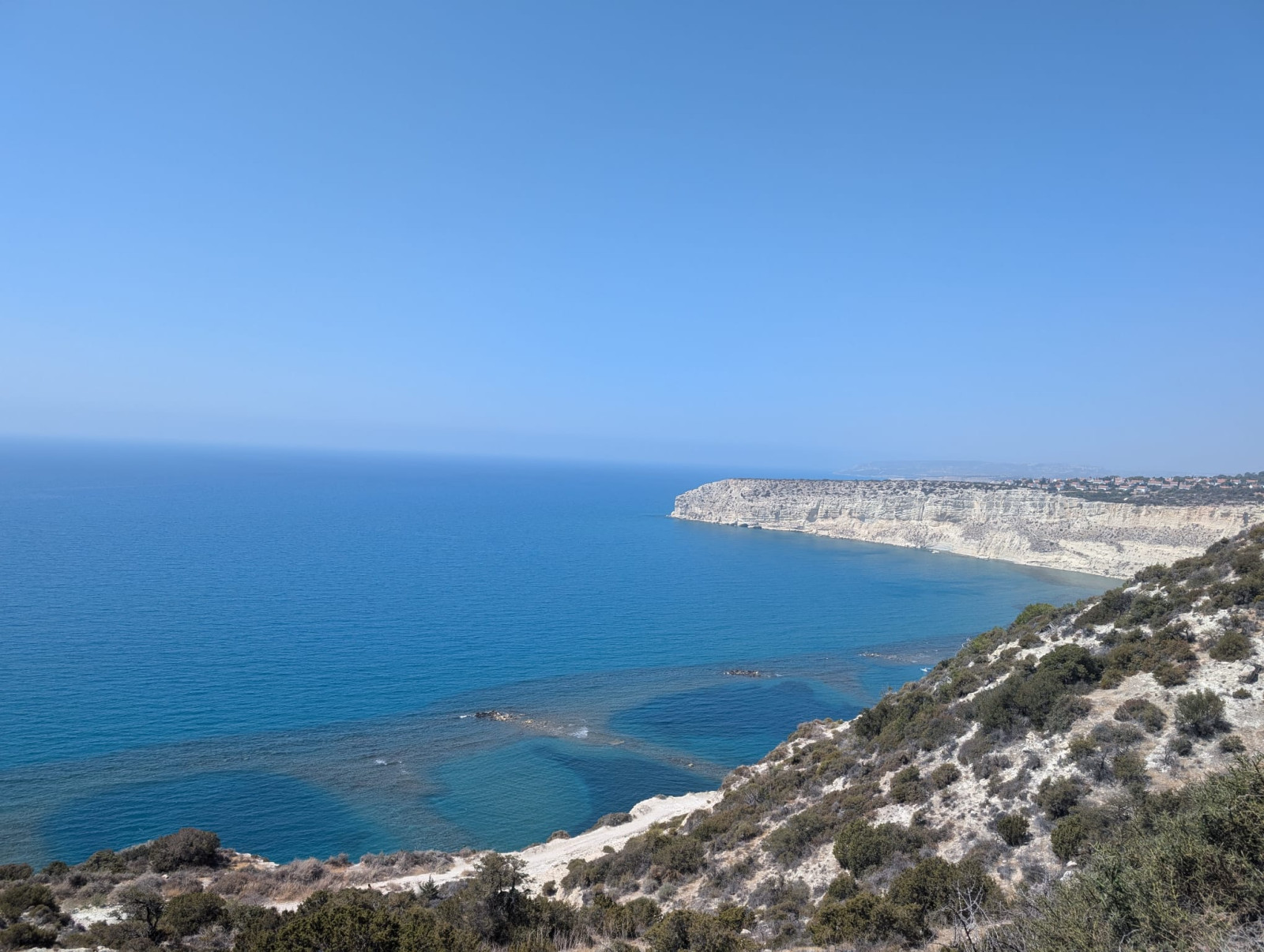Beschreibung
The Kensington Cliffs and the surrounding area do not offer the greatest variety in birds, but can hold some real highlights. Apart from Gänsegeier, Eleonorenfalke and Alpensegler can be encountered during spring and summer. If your main target are the vultures, don't come too early since they are more likely to be soaring when the heat picks up somewhat. Be aware though that the area offers little shade apart from a small wooden observation hut east of the bay. The scrubby area between the parking spot and the hut holds many Samtkopf-Grasmücke and Chukarhuhn as well as the endemic Schuppengrasmücke.
In winter, this is also a known site for Mauerläufer, but a little luck might be needed to find one.
Details
Zugang
The Kensington Cliffs are located 15 km west of Limassol. Coming from the village of Episkopi, follow the B6 road just past the Sanctuary of Apollo, then take the next turn left onto a rough track and park your car. Press the P on the map for directions. Afterwards, follow the track towards the sea on foot. Just before you reach the edge, the observation hut is on your right, from where you can get a good view of the main cliffs. If you want to, you can follow the path further down to Zapalo beach and get closer to the cliffs, but entering them directly is forbidden.


 male breeding Cyprus by Stephen Daly.jpg)